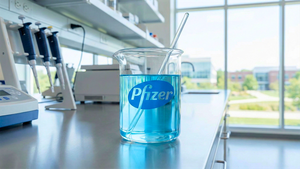The bioactive compound FP found in orange peel significantly benefits heart health. Compared to the flesh of the orange, the peel contains more vitamins, antioxidants, and limonene, which help the body fight free radicals, reduce inflammation, and protect the cardiovascular system.

Washington, D.C. (Merxwire) – In the hot summer, a refreshing glass of orange juice can not only quench your thirst and cool you down but also provide a rich source of vitamin C, offering numerous health benefits. However, many people discard the peel after enjoying the delicious juice. Orange peel is not a useless waste but is rich in various health-promoting compounds.
Scientists from the University of Florida and the United States Department of Agriculture recently discovered that orange peel contains a bioactive compound called “feruloyl putrescine” (FP), which can help protect heart health and reduce fat accumulation. The results of this study were published in the Journal of Agricultural and Food Chemistry.
The study indicated that mice fed orange peel for six weeks showed significant reductions in biomarkers related to inflammation and cardiovascular diseases in their blood. Even more surprising, despite consuming a high-fat diet, these mice had less fat accumulation than those not ingest FP. This finding suggests that FP in orange peel reduces inflammation and helps control fat accumulation in the body.
So, what is FP? It is a bioactive compound in citrus fruits, with the highest concentration in oranges. This compound is essential in various health functions, including antioxidation, anti-inflammation, and cardiovascular protection. Scientists have also found that FP has the potential to inhibit the production of harmful substances like TMAO and TMA.
Antioxidants are crucial for protecting cells from damage caused by free radicals. Free radicals are unstable molecules produced during metabolism, and excessive free radicals can damage cell structures, leading to chronic diseases such as heart disease and cancer. FP and other antioxidants in orange peel can effectively neutralize free radicals, reducing their damage to cells.

Furthermore, orange peel is rich in limonene, a powerful anti-inflammatory substance. Inflammation is the root cause of many chronic diseases, including cardiovascular diseases. Limonene can reduce inflammatory responses through various mechanisms, thus protecting cardiovascular health.
During orange juice production, approximately 5 million tons of orange peel are generated annually in the United States. Currently, half of the orange peel is used for feeding cattle, while the other half is discarded as kitchen waste. Given the benefits of orange peel, it can be repurposed as a valuable health-promoting ingredient, such as a dietary supplement or food additive. Next time you make a glass of orange juice at home, use these golden peels to boost your health.







